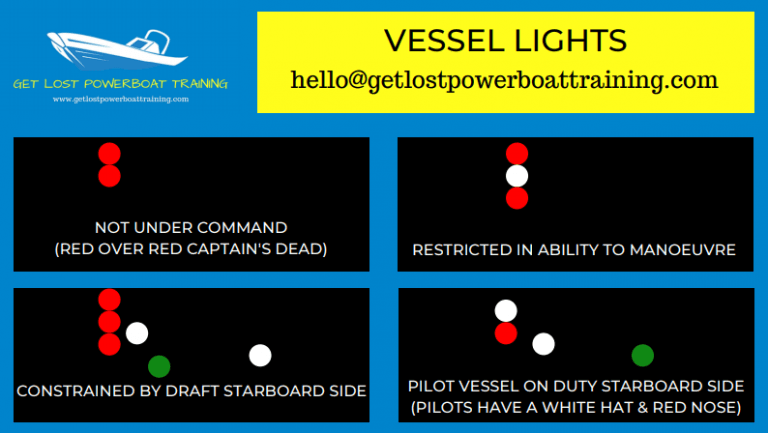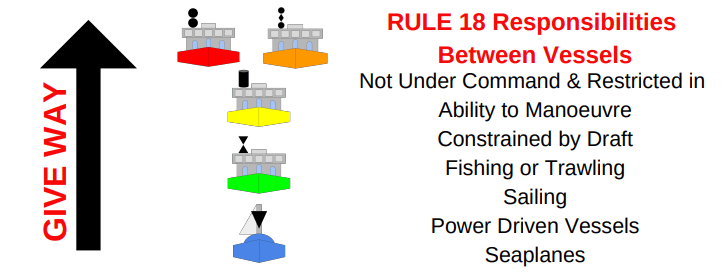The 7 Steps That Will Take You From Deckhand To Skipper
The RYA Powerboat scheme goes way beyond the Powerboat Level 2 course. If you see it through, in a short time you will be qualified as an RYA / MCA Advanced Powerboat skipper and able to captain yachts up to 24 metres in length, up to 20 miles from a safe haven.
It’s a little known fact within the yachting industry that this accelerated career path is available to you. The money you can earn and the job roles that become available to you make the RYA / MCA Advanced CoC a no brainer for professional mariners looking to further their careers. This article will explain exactly what you have to do in order to take advantage of everything the course has to offer.
The 7 steps from Deckhand to RYA / MCA Advanced Powerboat Skipper (24 metres)
- Step 1 – Powerboat Level 2 and a VHF / SRC marine radio certificate
- Step 2 – RYA Day Skipper Theory Shorebased Certificate
- Step 3 – RYA Intermediate Powerboat course
- Step 4 – RYA RADAR Operators course
- Step 5 – RYA Coastal Skipper / Yachtmaster Shorebased
- Step 6 – RYA Advanced Powerboat course
- Step 7 – RYA / MCA Advanced Powerboat Examination
If you have been anywhere near a deck crew, you will have heard of the RYA Powerboat Level 2 or PB2. It’s a two day course that will teach you how to handle and manoeuvre a power driven vessel up to 10 metres in length. Although it’s a very simple course, it is the de facto standard for the industry and that should tell you how well the Royal Yachting Association and it’s qualifications are respected within the international yachting community.
The powerboat scheme doesn’t end there though and there are two more practical powerboat courses available within it. These are the Intermediate Powerboat course and the Advanced Powerboat course. Both of these courses last two days but there are a few necessary steps in between.
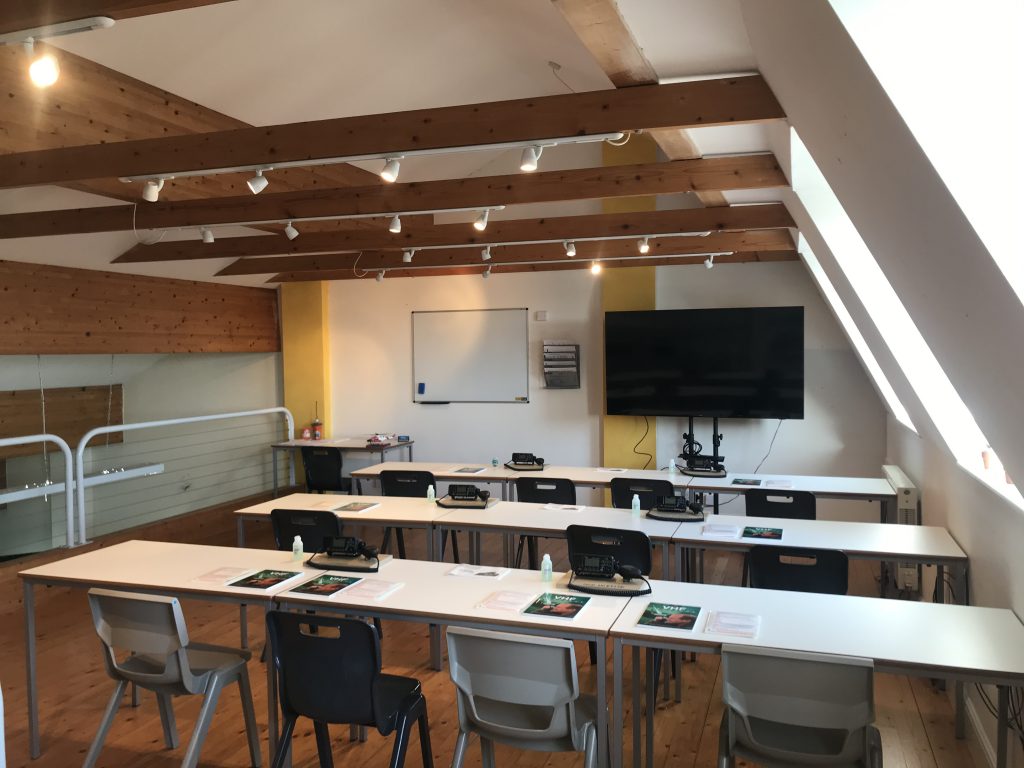
Step 1 – The VHF / SRC Marine Radio Certificate
This one day course will teach you the correct procedures to use a marine VHF radio. After you have successfully passed the exam, you will be issued with a VHF Radio Short Range Certificate. This will enable you to use a radio unsupervised as skipper or to supervise others who want to use the radio to communicate.
A top tip here is to stop saying ‘copy’ on the radio. Say the word ‘over’ instead if you want a reply. Or use the word ‘out’ if you’ve finished the conversation. It’s a little detail that will mark you out as the professional.
Step 2 – RYA Day Skipper Theory Shorebased Certificate
This is where we start to separate you, as a professional in the yachting industry, from the people who are just in it for a laugh for a couple of years. During this course you will spend 5 days in the classroom learning about the International Regulations for the Prevention of Collisions at Sea (IRPCS). You will learn how to calculate tides, navigate using paper and electronic charts, how to check and use safety equipment and learn to use weather forecasts when passage planning.
This level of knowledge will quickly place you head and shoulders above the rest of the crew who haven’t done the training and prepare you properly for the second practical course with the RYA Powerboat Scheme.
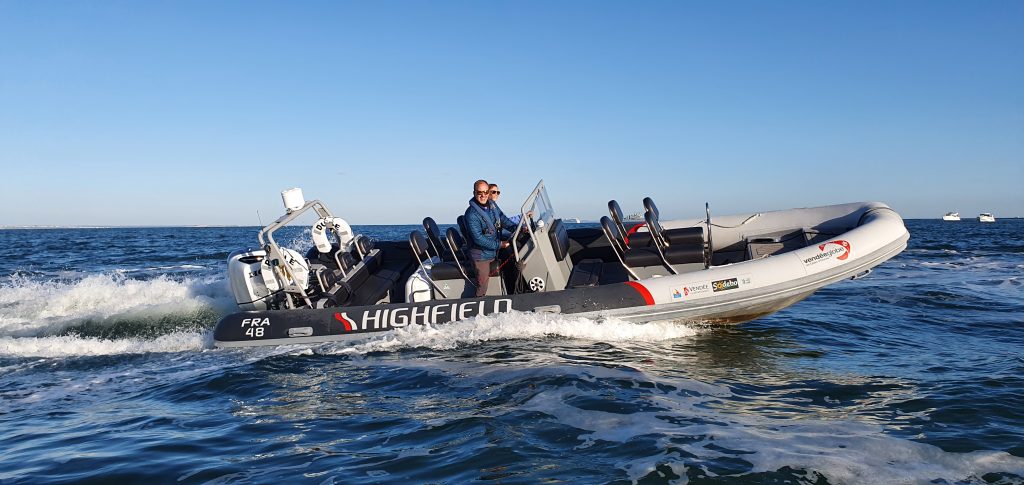
Step 3 – RYA Intermediate Powerboat Course
The Intermediate Powerboat course is a two day course that follows on from a PB2. Before you can take it though you will need to be able to create a navigation plan. The course outcome will mean that you can plan and execute a coastal passage by day and in favourable weather. At this point you are still limited to 10 metre vessels.
The navigation plan that you create on the course will include all the relevant details that are required by the SOLAS convention. SOLAS stands for Safety of life at sea and the convention has a list of requirements that can be found in the SOLAS Annex 25 document – Guidelines For Voyage Planning.
Now, this planning knowledge is a learning curve for you in itself. That is why it is highly recommended that you sit the five day RYA Day Skipper Theory course before you attempt to pass the Intermediate powerboat course.
The good news for anyone in the industry is that there’s no time restrictions on when you can sit the Day Skipper theory or the Intermediate Powerboat following completion of a PB2. So there is a strong case for you, as a deckhand, to get these courses under your belt as soon as you have the time. The knowledge and experience you will gain, will start to edge you ahead of the job competition when looking for a better role or a bigger yacht. This is because you will be able to stand a watch and be useful on the bridge. It may also mean that you will be the most popular choice for driving the tender because you can manage it safely on a well planned trip.
It is important to complete these two steps before you attempt to begin training for the Advanced Powerboat course as they provide the necessary building blocks for you to achieve the end goal, which is to be a Skipper in your own right.
Step 4 – RADAR Operators Course
Knowing how to use electronics on board is an important skill for a Skipper. The GPS is used extensively during the practical courses but the RADAR needs a lot more training in order for you to become competent in using it. This is a one day operator’s course that will teach you everything you need to know in order to complete the RYA Powerboat scheme.
Don’t underestimate the importance of this course as RADAR is a pass / fail subject during the final Advanced CoC exam.
Step 5 – RYA Coastal Skipper / Yachtmaster Shorebased Certificate.
In order to prepare for the Advanced Powerboat course, you will need a thorough understanding of navigation, weather, passage planning, pilotage, safety on board, IRPCS, briefings, chartwork and electronic instruments. It is a requirement of the course that before you attend you have the knowledge of these subjects to the level of the RYA Coastal Skipper / Yachtmaster Shorebased Certificate.
During this classroom course you will spend six days with your instructor and develop on the skills and knowledge gained at Day Skipper / Intermediate level. It is a very in depth course that contains three examination papers. These papers cover the following topics:
- IRPCS and safety
- Chartwork and navigation
- Weather and passage planning
Like all RYA courses, these exams are pass / fail. It is a good idea to gather study materials before you go on the course so you can get a head start as it’s a very intense learning environment.
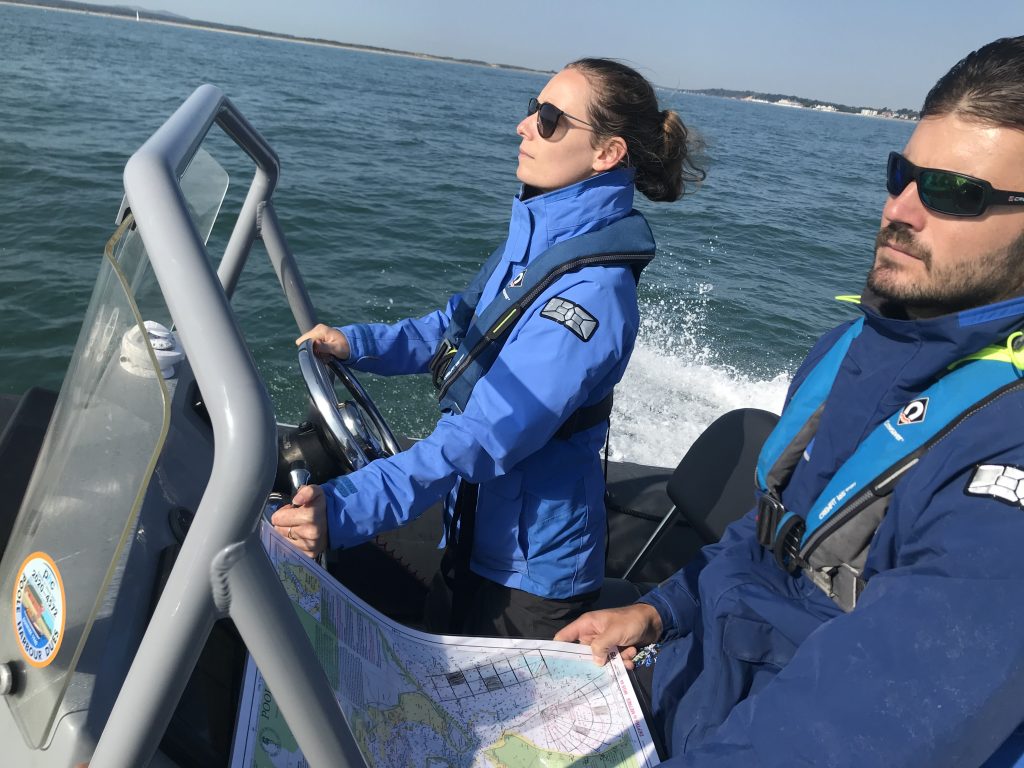
Step 6 – The RYA Advanced Powerboat Course
Just like the other courses within the scheme, the Advanced course takes place over two days. The focus of the course will see you navigating a powerboat by night and carrying out pilotage exercises in the dark. Successful completion of the course will mean that you are able to skipper a power driven vessel, up to 10 metres in length, by day or night.
To be ready for this course you will need to have gained plenty of experience in boat handling and passage making. Before attending the course you should try and get involved in the managing of your yacht as much as possible. Try and explain to your Captain what you are working towards and ask if there are any ways in which he can help you. Most captains will be more than happy to have a keen and enthusiastic deckhand on the team.
Any opportunities to help working out a simple navigation plan or getting hands on tender driving experience will stand you in good stead. As you will see, there are a number of requirements to fulfill before you are eligible for the final step toward your own command. The RYA / MCA Advanced Powerboat CoC Exam.
Step 7 – RYA / MCA Advanced Powerboat CoC Examination
This is it. The final step between you and that massive step forward in your career. The exam will last anywhere between 4 and 7 hours depending on how many people are on the exam. In order to be eligible for the exam you need to fulfill the following criteria:
- Be at least 17 years old
- Have at least two years relevant experience
- 30 days at sea, 800 nautical miles logged, 12 night hours and minimum 2 days as skipper.
There are a few words of advice for you regarding the criteria listed above. When fulfilling the mileage requirement, there are good miles and there are useless miles.
There is a big difference between the deckhand that has gained his 800 miles by driving a boat himself, checking equipment, making a plan, dealing with passengers, checking the weather and the deckhand who got 3000 miles by crossing the Atlantic and making sure the stainless was kept clean.
You need to ensure that you have got the experience as a mariner that your examiner will expect to see. The RYA examiners are at the top of their game and they will recognise the difference immediately.
There is some good news though. If you have completed a RYA Advanced Powerboat course then the requirements are reduced to:
- Be at least 17 years old
- Have at least two years relevant experience
- 320 days at sea, 400 nautical miles logged, 12 night hours and minimum 2 days as skipper.
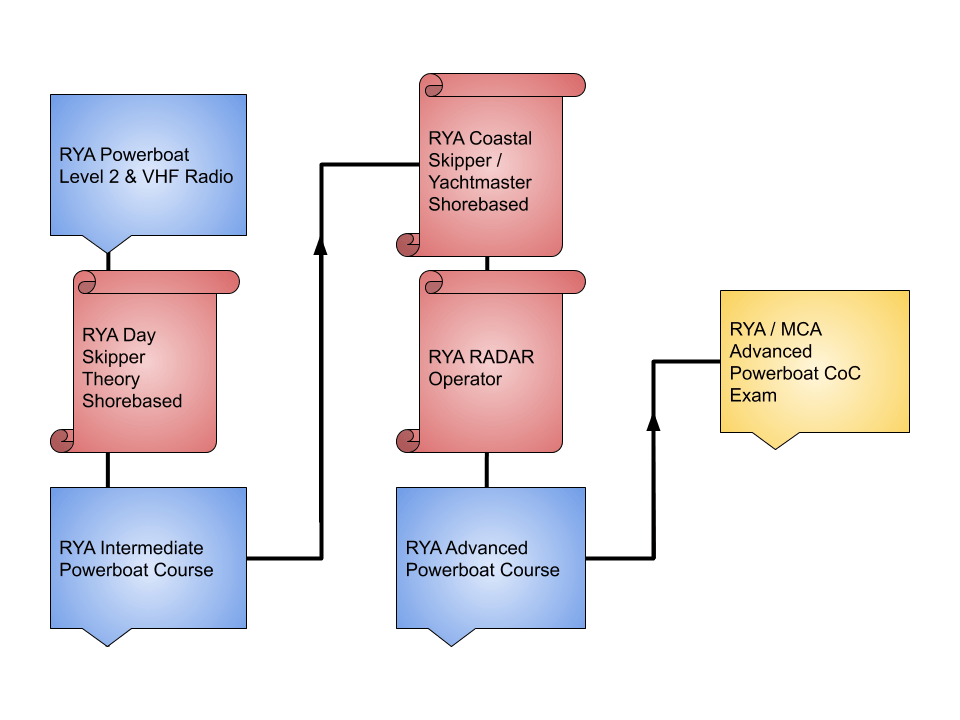
What If Things Don’t Go Smoothly?
Throughout the seven steps there are no guarantees that all the courses and exams will go to plan first time. Although, with good instruction and experience every step is attainable for you, sometimes life throws us a weighted monkey fist and we don’t get the result we need.
In these cases, RYA training centres and examiners manage resits and course retakes with something called an action plan. These action plans will explain exactly what still needs work and give you an exact path to remedy any issues and get back on track.
Remember that the attitude of your instructors and examiners is that they want you to pass and be a great example of the quality that RYA training provides. Everyone is on your team.
What Does Success Look Like?
Congratulations! You’re a Skipper!
The MCA recognises this qualification within MGN 280 under the heading ‘Deck Manning Requirements Small Vessels In Commercial Use’ and permits you to skipper vessels up to 24 metres in length, with up to 12 passengers in Category 3 waters. Category 3 waters are up to 20 miles from a safe haven, day or night.
There are lots of uses for this qualification, be it yachts, pilot boats, workboats, wind farm transfer vessels or even military support. For you it could mean a complete change of career direction, a yacht of your own to manage or a Bosun position on a larger yacht. These new roles obviously come with an uplift in responsibility, seniority and pay.
If you’re serious about your career and would like to know more about the details in this article, then you can contact us and schedule a free half hour telephone consultation. During your call we will help you understand where you are now, what you need to do next and explain the steps to get you there.

